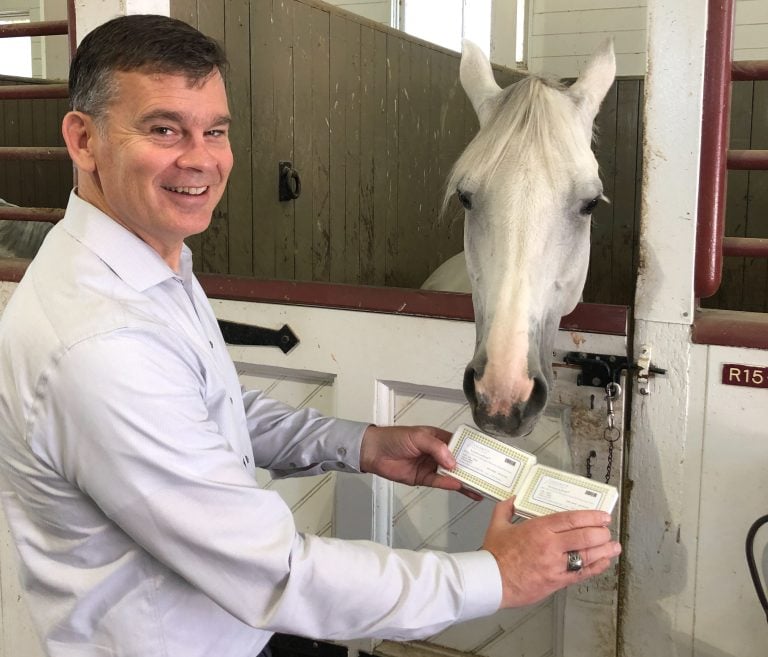Taste and smell, often regarded as subsidiary senses to sight and sound, have yet to catch up to their visual and aural counterparts in modern technology. Aromyx — founded in 2013 by Chris Hanson ’90 M.S. ’90 and now led by CEO Josh Silverman Ph.D. ’02 — aims to fix that.
At its core, Aromyx is creating digital representations of taste and smell by evaluating how each olfactory receptor responds to a given fragrance. The company then uses that information to build a comprehensive network of receptors analogous to the RGB visual model, said Director of Pharmaceutical Sales, Fred Stahl ’89.
“One way to think of it is that we’re carrying around some of the most accurate, most sensitive receptors on the planet,” Stahl added. Evolution has allowed olfactory receptors to become extremely effective — humans can distinguish more than 1 trillion odors. So, rather than attempting to engineer new receptors with which to measure smell, Aromyx hopes to leverage millions of years of biology’s expertise in detecting variations in scents.
The Sunnyvale-based biotechnology startup has developed biosensor technology to clone genes for the roughly 400 types of smell receptors, so it can measure the individual response of each one. Aromyx clones these receptors into mammalian and yeast cells, which can act as biosensors. Finally, Aromyx can organize these biosensors onto either a cell-based (meaning it must be kept in certain conditions to keep the cells alive) or cell-free sensor, which can ultimately act to record and identify smells digitally.
“Right now, the state of the art is just to put 10 people in a room to taste or smell the product, and then write their score for how much they think it smells,” Stahl said. “The companies we talk to … are looking for a much more standardized and rigorous, repeatable way to do the assay which is also faster, better, and cheaper, which is something that we can provide them.”
The potential universal applicability of Aromyx’s technology has helped the startup to recently close a $3 million investment. Automotive manufacturers can use the technology to patent the new smell of their car, or to identify when the car needs to go to the nearest car wash and get detailed. Then there are plastic companies who want to recycle their plastic, but can’t tell whether it is contaminated. There are also applications for beer companies, pharmaceutical companies and consumer beverage companies.
Silverman was initially inspired to join Aromyx because of its potential in the food industry. After earning his Ph.D. in biochemistry at Stanford, Silverman worked for and founded numerous biotechnology companies including Calysta, which aimed to create new, environmentally friendly sources of protein.
“While we were trying to bring new proteins into the market, the biggest problem had always been the taste,” Silverman said. “If the consumers don’t like what it tastes like, it does not matter how sustainable it is — they’re not going to buy it. We spent a lot of time trying to figure out, how do we optimize our product? And by doing that, we realized, that’s actually a really hard problem.”
Aromyx attempts to make headway toward finding a solution to that problem. The hope is that, with their technology, it will be easier to predict a consumer’s perception (whether it is positive or negative) toward a food product being introduced to the market. It could be good news for food companies that may succeed in the United States but don’t do as well when they take their products to different countries. With digitalization of our sense of taste, it becomes far easier (and more reliable) to predict what flavors people from various cultural and genetic backgrounds will prefer.
An offshoot of the company’s more research-oriented goals is the development of a mobile app that would allow people to actually measure smells themselves. One potential application of this, Silverman said, can be to “identify your friends who taste things similarly to you, and if they are going on a Yelp review or something similar, then you know who you believe.”
Ultimately, the goal of Aromyx is to bring more science, more understanding and more rigor to the senses of smell and taste.
“And if we can put that structure in place, then we can allow the same kind of rapid development that we’ve seen in the video and sound industries,” Silverman added. “If we can understand how humans perceive it, then we can unlock that same kind of revolution for the taste industry.”
Contact Rinni Bhansali at rinbha ‘at’ stanford.edu.
